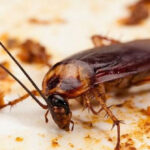The kitchen is an integral part of our daily lives, and maintaining its hygiene is of utmost importance. However, there are some common bad habits that many of us may unknowingly practice in the kitchen, which can affect our health and the shared space. Let’s explore and address these issues together!
1Ignoring Leaky Sinks
It’s common to overlook minor leaks under the kitchen sink, but this is indeed a bad habit. Not only does it lead to water wastage, but it also creates an ideal breeding ground for cockroaches.
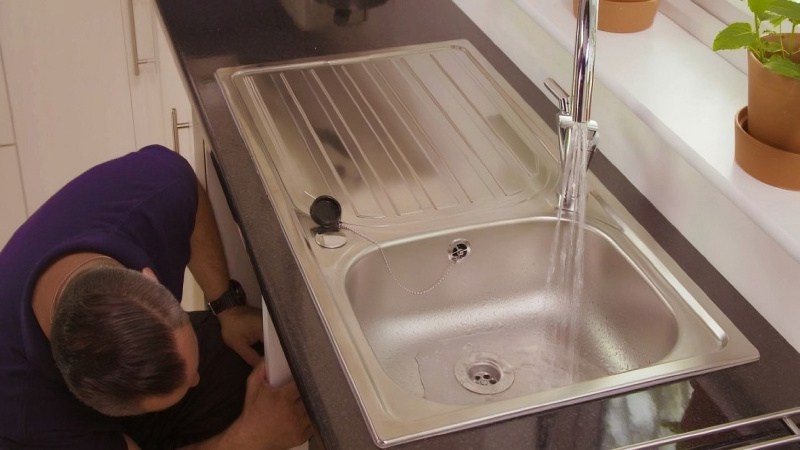
Ignoring Leaky Sinks
Cockroaches are known to carry and transmit various bacteria and pathogens, increasing the risk of food poisoning and diarrhea. These pests reproduce rapidly, but they cannot survive more than a week without water. Therefore, fixing and preventing leaks in the kitchen is crucial to deterring cockroach infestations.
Always maintain a clean sink, regularly inspect for leaks, and promptly repair any issues. This helps minimize the presence of cockroaches and ensures a safe dining environment for your family. Additionally, keeping the kitchen dry reduces moisture-related problems and prevents mold, creating a hygienic space.
2Neglecting to Clean the Dishwasher Tray

Neglecting to Clean the Dishwasher Tray
Failing to regularly clean the dishwasher tray can promote bacterial growth and compromise the cleanliness of your dishes during the washing process.
To ensure hygiene and safety when using your dishwasher, make it a habit to frequently clean the tray. In addition to wiping down the tray, consider replacing it at least once a month to maintain optimal cleanliness and hinder bacterial growth.
3Leaving Food Containers Open

Leaving Food Containers Open
Forgetting to close the lid of a food container after use may seem like a minor issue, but it can invite insects and pests into your kitchen. Over time, these pests will breed and multiply, causing unhygienic conditions and contamination.
To prevent this, take a few extra seconds after opening a food container to close the lid properly. This simple habit not only keeps your food safer but also protects your family’s health.
4Using the Same Cutting Board for All Foods
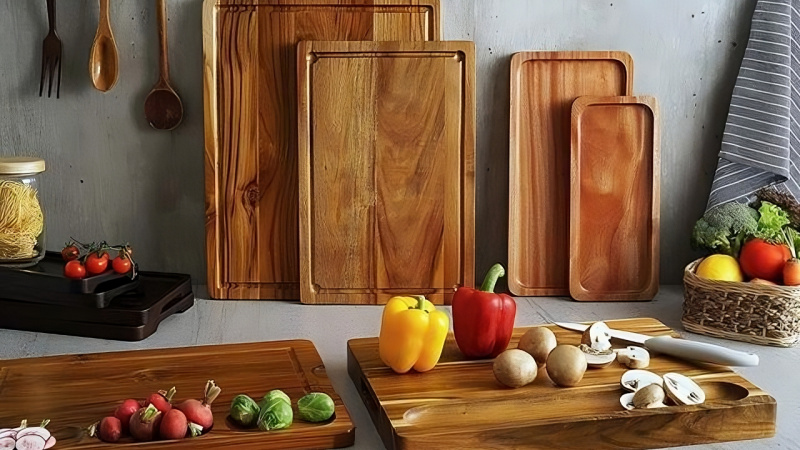
Using the Same Cutting Board for All Foods
Using the same cutting board for all types of food is a common habit, but experts advise against it. Instead, opt for separate cutting boards for different types of food.
Using a single cutting board for various foods can facilitate the transfer of bacteria to the board’s surface, and cross-contamination can occur when different foods are cut on the same board. This practice can potentially lead to bacterial infections and health hazards.
5Cooking at High Temperatures
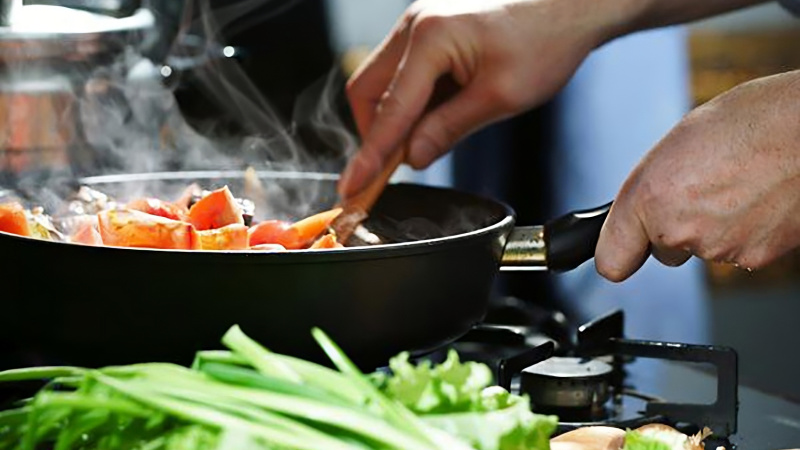
Cooking at High Temperatures
Cooking at high temperatures is a common practice to save time in the kitchen. However, this habit can compromise the natural flavor of food, and consuming charred food may even increase the risk of cancer.
It’s best to cook at low or medium heat to ensure your meals retain their flavor and nutritional value. Cooking at lower temperatures also helps food cook evenly and stay moist, resulting in tastier dishes that are safer for your health.
6Neglecting to Clean Kitchen Cloths
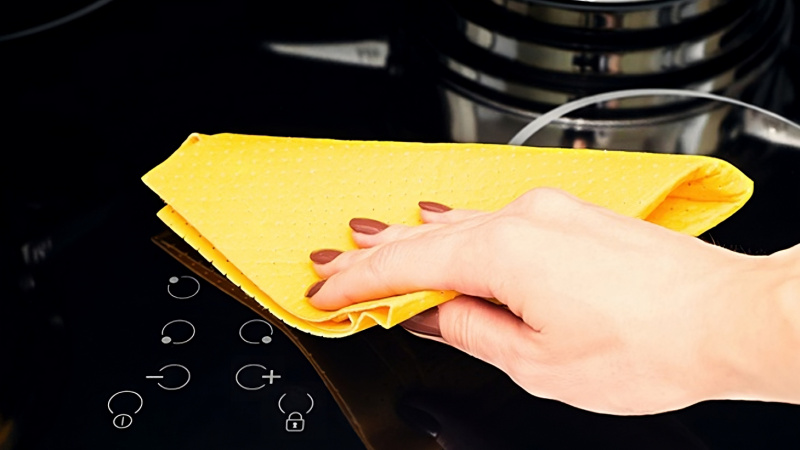
Neglecting to Clean Kitchen Cloths
While regularly wiping down your kitchen is a good habit to prevent grime and bacterial growth, it’s crucial to ensure that your cleaning tools are also properly sanitized. Otherwise, your cleaning efforts may only provide a temporary solution without effectively eliminating bacteria.
Use non-toxic disinfectants to clean your kitchen cloths before and after each use. This will thoroughly eliminate bacteria and ensure that your cleaning tools don’t spread germs to other surfaces in the kitchen.
7Not Replacing the Dish Sponge Frequently
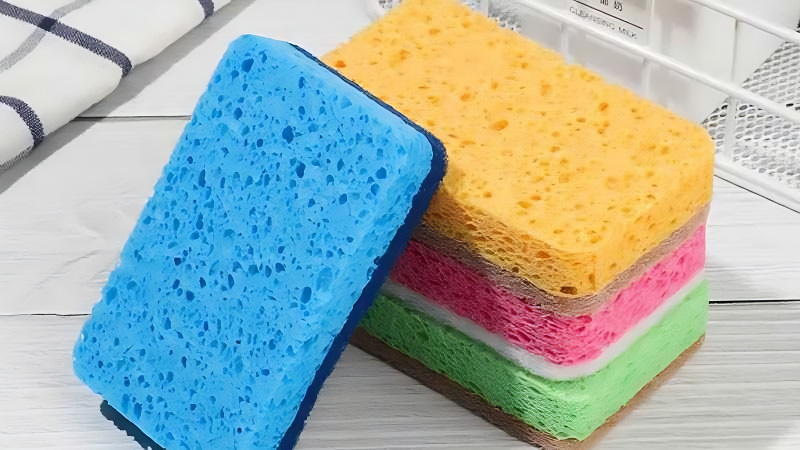
Not Replacing the Dish Sponge Frequently
Dish sponges are damp, warm, and prone to grime, especially when used continuously without replacement. This creates an ideal environment for bacteria, fungi, and other microorganisms to thrive and proliferate.
If sponges are not replaced regularly, bacteria and microorganisms can accumulate on their surfaces and then transfer to dishes, cutlery, and other utensils, posing a health risk to those who use them.
In conclusion, we’ve shared insights into seven common bad habits in the kitchen. We hope that this article has equipped you with valuable information to maintain a hygienic and safe kitchen environment. Thank you for reading!
Frequently asked questions
Minor leaks under the kitchen sink provide an ideal breeding ground for cockroaches, which are known to carry and transmit bacteria and pathogens. Fixing and preventing leaks helps deter cockroach infestations and maintains a safe and hygienic kitchen environment.
Not cleaning the dishwasher tray regularly can promote bacterial growth, compromising the cleanliness of your dishes. It is important to make it a habit to frequently clean and consider replacing the tray at least once a month to maintain hygiene and safety.
Leaving food containers open invites insects and pests into your kitchen. Over time, this can lead to breeding and multiplication of pests, causing unhygienic conditions and contamination. Always take a few extra seconds to close the lid properly after opening a food container.
Yes, it is advisable to use separate cutting boards for different types of food. Using the same cutting board for all foods can facilitate the transfer of bacteria and cause cross-contamination, potentially leading to bacterial infections and health hazards.
Cooking at high temperatures can save time, but it may compromise the natural flavor of food and increase the risk of cancer. It is best to cook at low or medium heat to retain flavor and nutritional value, ensuring your meals are both tasty and safe for your health.
Kitchen cloths and sponges can harbor bacteria, fungi, and other microorganisms if not sanitized properly. Use non-toxic disinfectants to clean them before and after each use to effectively eliminate germs and prevent the spread of bacteria to other surfaces in the kitchen.
Dish sponges should be replaced frequently as they are prone to grime and bacterial growth. Regular replacement ensures that bacteria and microorganisms do not accumulate and transfer to your dishes, posing a health risk. Always maintain a clean and hygienic sponge to protect your family’s health.
You may also like



























